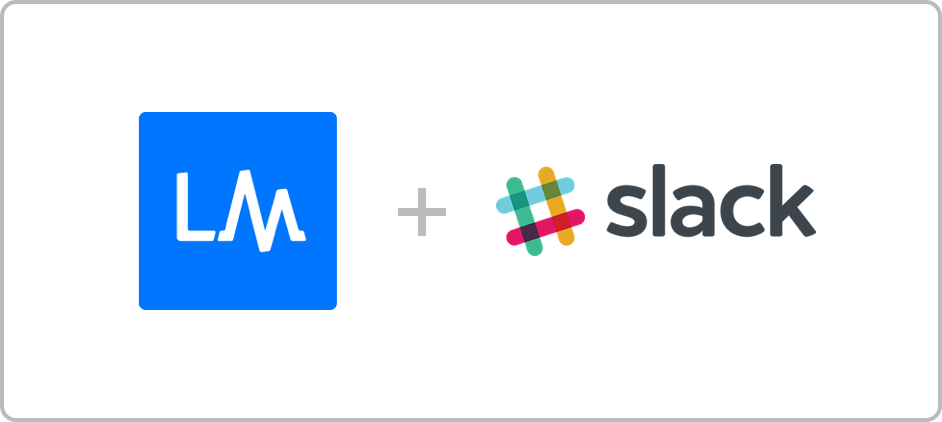We are excited to continue releasing integrations with leading software tools that further simplify and automate the monitoring workflow for our customers. Another one of our newest integrations that is included in our v.71 release is with one of the hippest instant messaging services in the industry, Slack.
Slack is a messaging application for any sized team, organization or company. It is one of the fastest growing SaaS based messaging solutions out there because it’s incredibly easy to use, intuitive, reliable, and looks great. Slack lets your team create shared or private channels for topics, conversations or groups, so you can share information with whoever you want.
Slack is used by a large portion of LogicMonitor’s customers as their internal messaging and chat application. Slack is also integrated with many other key applications that our customers already use, such as Jira, PagerDuty and GitHub. Deciding to create an integration between LogicMonitor and Slack was easy; our customers who use Slack should be able to receive their important LogicMonitor alerts via the messaging system that they use.
While it was fairly easy to roll-your-own integration with Slack using LogicMonitor’s WebHooks, we wanted to simplify that flow even further. We made it so that in v.71, all LogicMonitor accounts have 95% of the integration pre-configured. All users have to do is copy over the Incoming WebHook endpoint from Slack, and add the integration to a LogicMonitor escalation chain, and voila, the alerts will start showing up in the specified Slack channel, as illustrated in this image:
By leveraging the full power of LogicMonitor’s alerting system, the Slack integration is versatile, scalable, and powerful. Now, your engineers are informed of alert situations in the two places in which they spend a significant amount of time: their teams’ Slack channel and LogicMonitor. It also helps reduce the alerting response time, by communicating alerts efficiently amongst the team. If the on-call engineer isn’t at their keyboard, odds are someone else is sitting in the channel, and can acknowledge the alert even before the on call engineer is notified. For more complex issues, having alerts come through to Slack lays the foundation for further discussion; teams can discuss and reference the alert right in Slack without changing context.
Our Slack integration is also great because it significantly cuts down on the number of alert emails received by users, which reduces alert overload and helps prevent the chance that users ignore critical alerts.
Stay tuned for additional Slack integration functionalities including the ability to create multiple Slack integrations (one for each team’s channel) coming soon!
For full details on the Slack integration, see here.





